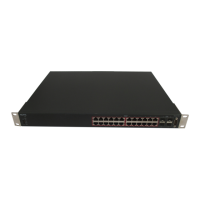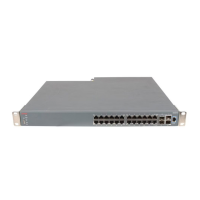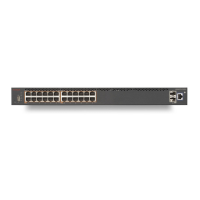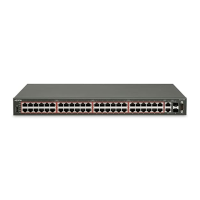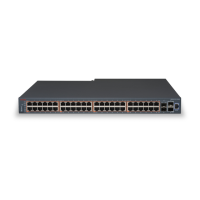Setting global EAP enabled and port at eap-auto
About this task
Make the required changes to ensure that EAP is enabled globally and that the port status is
set to auto.
Procedure
1. Use the eapol enable command to enable EAP globally.
2. Use the eapol status auto command to change port status to auto.
Showing EAPOL multihost
About this task
Review the EAPOL multihost information.
Procedure
1. Enter the show eapol multihost command to display the information.
2. Note the following:
• Use RADIUS To Authenticate NonEAPOL Clients is enabled.
Formatting non-EAPOL RADIUS password attribute
About this task
Make the required changes on the RADIUS server to the password format.
Use vendor documentation to make required changes on RADIUS server to change the format
to IpAddr.MACAddr.PortNumber.
Enabling RADIUS to authenticate non-EAPOL clients
About this task
Make the required changes on the RADIUS server to authenticate non-EAP clients.
Apply changes to the RADIUS server using vendor documentation.
Showing EAPOL multihost interface
About this task
Review the EAPOL multihost information.
Procedure
1. Enter the show eapol multihost interface <port#> command to display
the information.
2. Note the following:
Non-EAP RADIUS MAC not authenticating
Troubleshooting Avaya ERS 4000 Series April 2014 155

